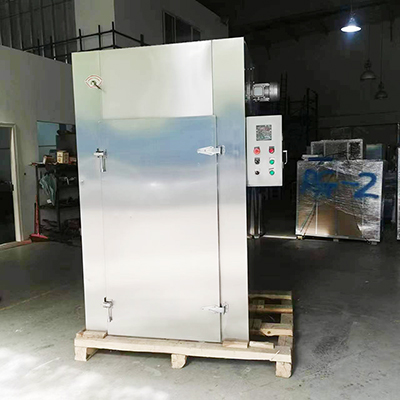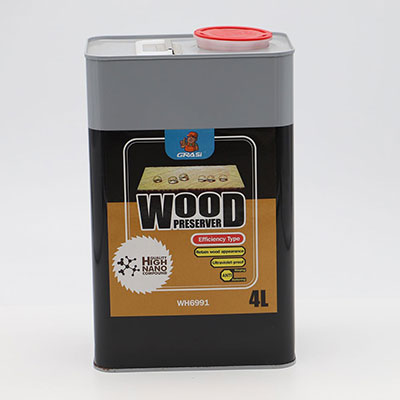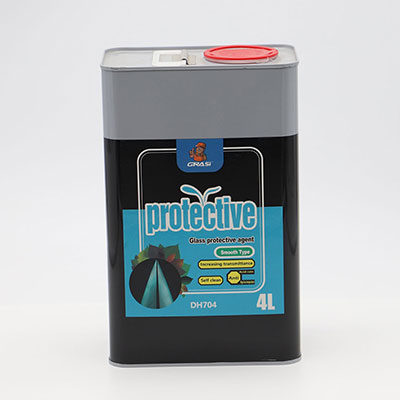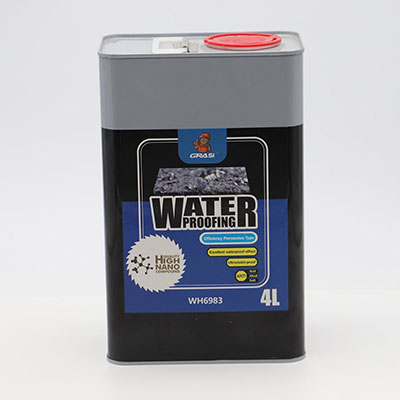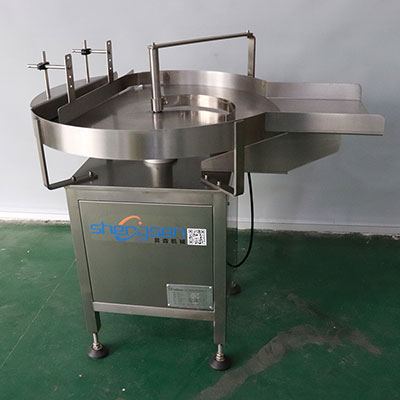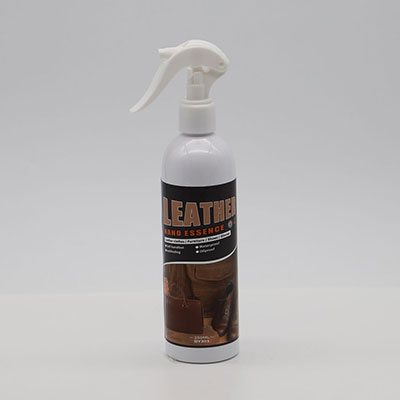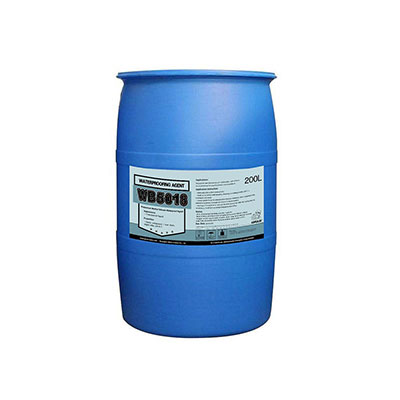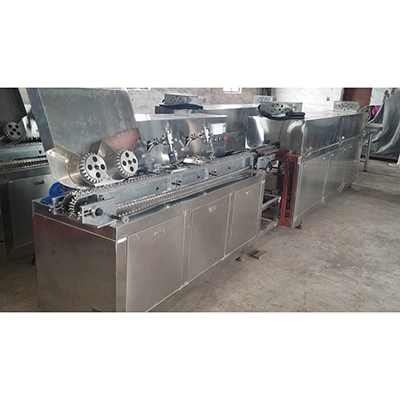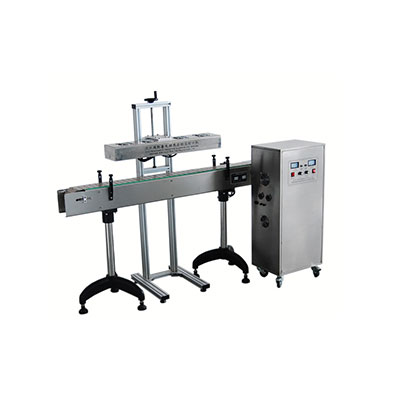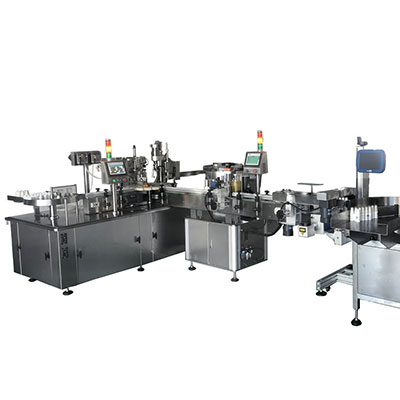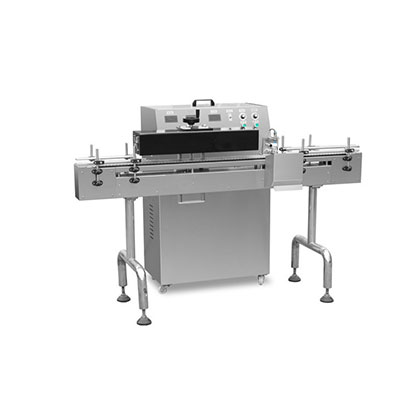HB Series High Power Gear Speed Reducer
· Conveyor lines
· Production lines
· Machinery fields, Petroleum, Chemical, Light industry, Textiles, Food, Plastic, Pharmacy, Ceramics, Printing and dying, Metallurgy, Mining, Tobacco, Paper making, Tanning, Woodworking, Electronics, Glass, Environmental protection
Features
1. The HB series standard industrial gearbox uses a general design scheme, which means it can be used as an industry specific gearbox based on customer requests.
2. These gearboxes are commonly used for parallel shafts, rectangular shafts, and vertical or horizontal shafts. This series features a reduction in spare parts, but an increase in models available.
3. The sound absorption structure, larger box structure, and large fan, cylinder gear and spiral bevel gear all make use of an advanced gear grinding technology to reduce noise and temperature fluctuations, ensure the reliability, and increase the transmitted power.
4. Flange or shaft input
5. Output: Solid shaft with flat key, hollow shaft with flat key, solid shaft with heave tight plate connection, hollow shaft or solid shaft with connection of spline, solid shaft with flange connection
6. Installation methods: Vertical, horizontal, swing base, torsion arm
7. Ratio 1.25-450. This series can be combined with the R, K, and S series reducer to get an increased ratio.
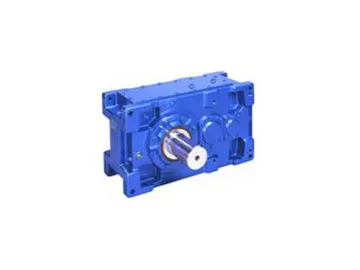
1. Calculate your required ratio: input speed/output speed
2. Confirm the rated power of reducer (see the parameter sheet)
3. Check the maximum torque, peak working torque, starting torque or braking torque. These should meet the following requirements: reducer rated power ≥ (Max. Torque of input shaft x input speed) / 9550 x peak torque coefficient.
4. Determine if the output shaft allows for an additional load.
5. Determine if the practical ratio meets your requirements.
6. Ensure oil supply methods:
· Horizontal mounting reducer lubrication: immersion oil splashing
· Vertical mounting reducer lubrication: immersion oil or forced lubrication
· Customized forced lubrication methods
7. Determine the heat balance power
For more details, please see the HB model selection instruction file.
Details
1. Reducer case: High quality cast iron case
2. Gears: The hardened face gear features a high quality alloy steel, and the surface undergoes a carburizing and quenching treatment processing. The gears then undergo a gear grinding. The surface hardness is HRC60 after grinding, and features a hardened layer thickness of ˃ 0.5mm. The gear surface grinding precision reaches 5 to 6 levels.
3. Flat key: steel material
4. Bearing: Domestic or imported bearings
5. Oil seal: Taiwan framework oil seal
Maintenance
1. During operation, if the oil temperature rises to above 80 degrees, the oil pool temperature exceed 100 degrees, if there are sudden, strange noises coming from the gearbox, stop using it immediately, and carry out inspection and troubleshooting. Continue using the reducer after exchanging the lubrication oil and solving any issues.
2. If the ambient temperature is below -10 degrees, take that into consideration when selecting the right model for your needs, as a heater will need to be paired with the reducer. Heat is key to the reducer’s lubrication maintenance. Regularly inspect the oil level for abnormal situations, noises or vibration.
3. The reducer will continue to perform well through continuous, correct maintenance.
1) Replace the oil for the first time after 300 hours of usage. After this, the oil needs to be changed after every 2500 hours.
2) During the usage, regularly inspect the oil quality. Change the oil if it is impure, aging, or overall no longer the highest possible quality.
Links:https://globefindpro.com/products/51165.html
-
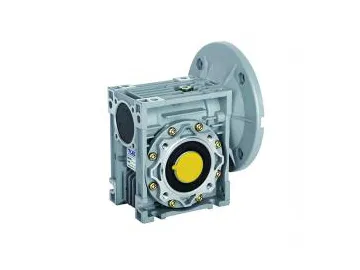 Aluminum Worm Speed Reducer
Aluminum Worm Speed Reducer
-
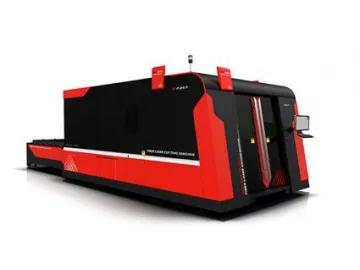 2000W High Power Fiber Laser Cutting System Metal Cutting Machine
2000W High Power Fiber Laser Cutting System Metal Cutting Machine
-
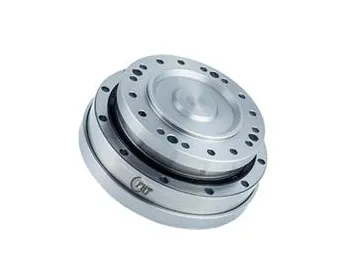 SHF Harmonic Drive Speed Reducer
SHF Harmonic Drive Speed Reducer
-
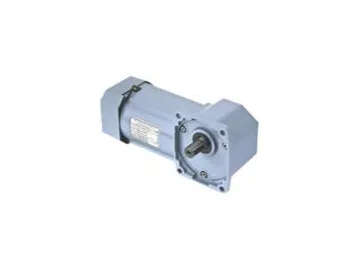 SZG-H Small Right Angle Gear Motor
SZG-H Small Right Angle Gear Motor
-
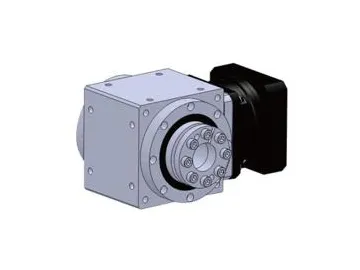 ATM-RFHP Precision Steering Speed Reducer
ATM-RFHP Precision Steering Speed Reducer
-
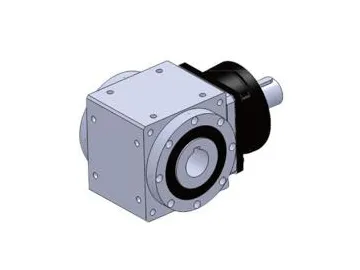 AT-CR Precision Steering Speed Reducer
AT-CR Precision Steering Speed Reducer
-
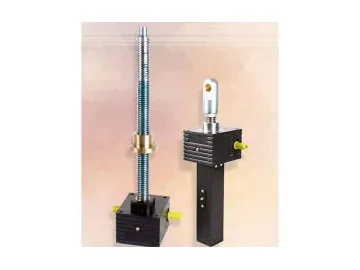 Spiral Screw Jack
Spiral Screw Jack
-
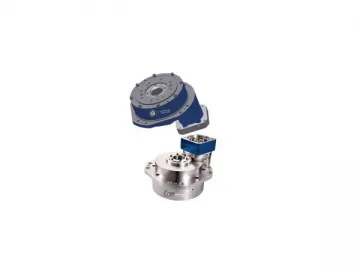 FHD-C Industrial Robot Joint Speed Reducer
FHD-C Industrial Robot Joint Speed Reducer
-
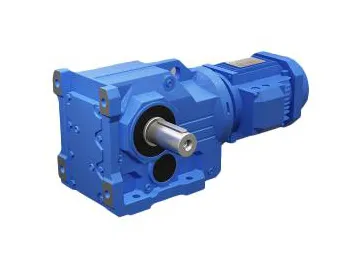 K Series Helical Gear Speed Reducer
K Series Helical Gear Speed Reducer
-
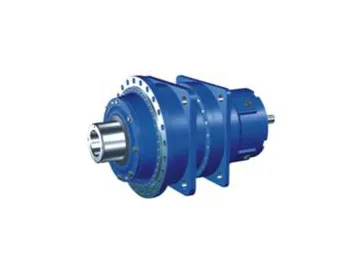 P Series High Torque Planetary Speed Reducer
P Series High Torque Planetary Speed Reducer
-
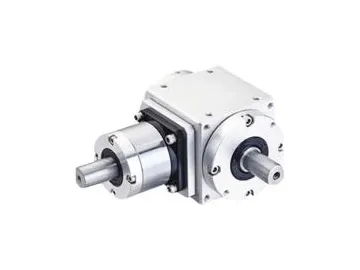 AT-P Precision Steering Speed Reducer
AT-P Precision Steering Speed Reducer
-
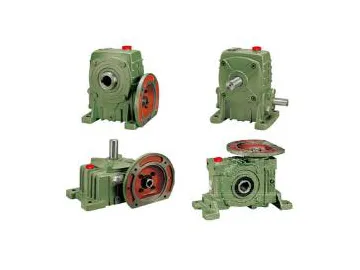 Cast Iron Worm Speed Reducer
Cast Iron Worm Speed Reducer
